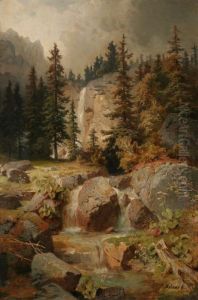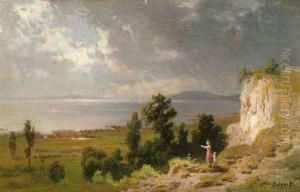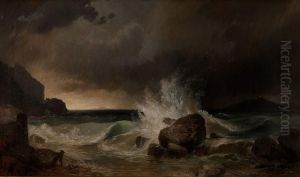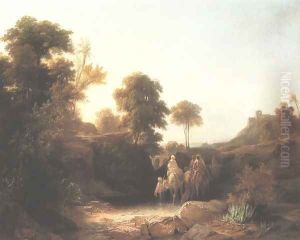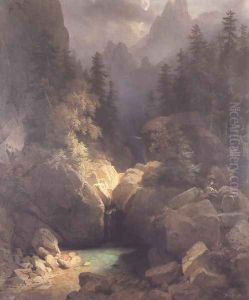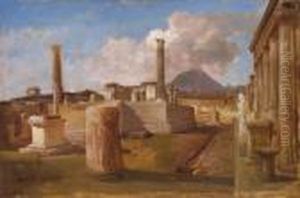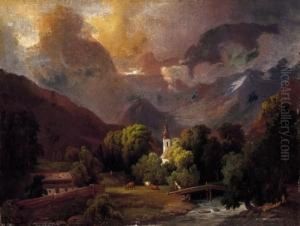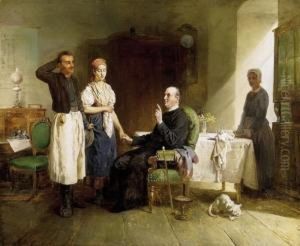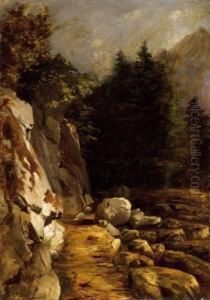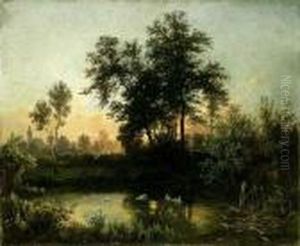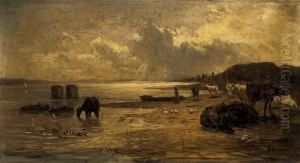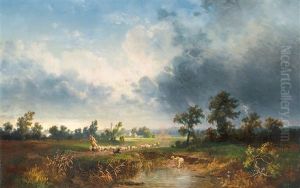Jozsef Molnar Paintings
József Molnár was a Hungarian painter, born in 1821 in Alvinc, which was part of the Austrian Empire at the time and is now in Romania. Molnár is known for his historical and romantic paintings, which were influenced by the Düsseldorf school of painting where he studied.
After his initial education in Vienna, Molnár moved to Düsseldorf in 1839, where he was a student of Karl Ferdinand Sohn and Wilhelm von Schadow, prominent figures of the Düsseldorf school. This school was known for its meticulous technique and emphasis on historical and allegorical subjects. His time in Düsseldorf greatly impacted his style and thematic choices.
In 1846, Molnár returned to Hungary and became a central figure in Hungarian romantic painting. He was particularly interested in Hungarian history and legends, which became the main subjects of his works. His paintings often depicted scenes from the Hungarian past, filled with drama and emotion, seeking to evoke a sense of national pride.
One of his most famous works is 'The Conquest of the Country,' which depicts the arrival of Hungarian tribes into the Carpathian Basin. This painting reflects Molnár's preoccupation with national history and his romantic approach to the subject matter.
Molnár's contributions to Hungarian art were significant, and he played a role in the development of a national style. He was also a professor at the Hungarian University of Fine Arts, where he influenced a generation of Hungarian artists.
József Molnár passed away in 1899 in Budapest, leaving behind a legacy of work that celebrated Hungarian history and contributed to the cultural identity of the nation. His paintings are held in high regard and can be found in various museums and collections in Hungary and beyond.























